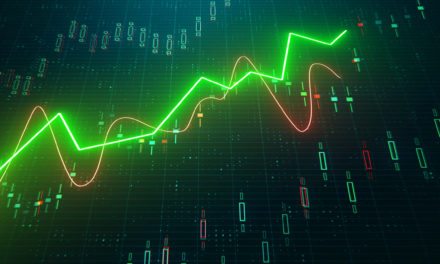
“When we own portions of outstanding businesses with outstanding managements, our favorite holding period is forever.”
— Warren Buffett
The investment philosophy practiced by Warren Buffett calls for investors to take a long-term horizon when making an investment, such as a twenty year holding period (or even longer), and reconsider making the investment in the first place if unable to envision holding the stock for at least five years. Today, we look at how such a long-term strategy would have done for investors in Hartford Financial Services Group Inc. (NYSE: HIG) back in 2004, holding through to today.
| Start date: | 12/06/2004 |
|
|||
| End date: | 12/03/2024 | ||||
| Start price/share: | $65.58 | ||||
| End price/share: | $120.84 | ||||
| Starting shares: | 152.49 | ||||
| Ending shares: | 235.40 | ||||
| Dividends reinvested/share: | $22.04 | ||||
| Total return: | 184.46% | ||||
| Average annual return: | 5.36% | ||||
| Starting investment: | $10,000.00 | ||||
| Ending investment: | $28,421.01 | ||||
As we can see, the twenty year investment result worked out well, with an annualized rate of return of 5.36%. This would have turned a $10K investment made 20 years ago into $28,421.01 today (as of 12/03/2024). On a total return basis, that’s a result of 184.46% (something to think about: how might HIG shares perform over the next 20 years?). [These numbers were computed with the Dividend Channel DRIP Returns Calculator.]
Notice that Hartford Financial Services Group Inc. paid investors a total of $22.04/share in dividends over the 20 holding period, marking a second component of the total return beyond share price change alone. Much like watering a tree, reinvesting dividends can help an investment to grow over time — for the above calculations we assume dividend reinvestment (and for this exercise the closing price on ex-date is used for the reinvestment of a given dividend).
Based upon the most recent annualized dividend rate of 2.08/share, we calculate that HIG has a current yield of approximately 1.72%. Another interesting datapoint we can examine is ‘yield on cost’ — in other words, we can express the current annualized dividend of 2.08 against the original $65.58/share purchase price. This works out to a yield on cost of 2.62%.
One more investment quote to leave you with:
“A risk-reward ratio is important, but so is an aggravation-satisfaction ratio.” — Muriel Siebert




